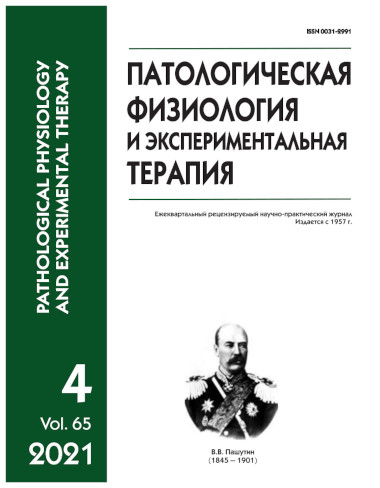The impact of exogenous constitutional obesity on the systemic circulation in COVID-19 patients
Abstract
Background: Obesity is one of the most common causes of comorbidities worldwide. During the COVID-19 pandemic, development and increasing severity of cardiovascular disorders associated with hemodynamic changes has become increasingly relevant. Aims: The study aimed to evaluate the hemodynamic changes in COVID-19 patients depending on the severity of their exogenous constitutional obesity. Methods. 73 male and female patients with community-acquired polysegmental pneumonia of viral and bacterial origin associated with COVID-19 were enrolled in the study. The patients were allocated to three groups depending on the value of their body mass index (BMI). Group 1 included patients with normal body weight; Group 2 included overweight patients, and Group 3 included patients with grade 1 obesity (BMI 30.0-34.9 kg/m2). The measurements were performed using a technique of volumetric compression oscillometry on a non-invasive hemodynamic monitoring system KAP CG osm (Globus, Russia). Results. COVID-19 patients with grade 1 obesity (BMI 30.0-34.9 kg/m2) demonstrated a statistically significant 10.8% decrease in the cardiac index compared to patients with normal body weight (p=0.010). Overweight patients had 10.5% higher diastolic blood pressure (p=0.011). Peripheral vascular resistance (PVR) in COVID-19 patients with normal body weight was 16.5% lower than in patients with grade 1 obesity. PVR adjusted for body surface area in patients with normal body weight was 10.3% lower than in overweight patients. The compliance of the vascular wall in Group 1 patients was 22.5% lower than in COVID-19 patients with grade 1 obesity. Conclusion. COVID-19 patients with community-acquired, polysegmental pneumonia of viral and bacterial origin demonstrate significant hemodynamic changes compared to patients with normal body weights.






